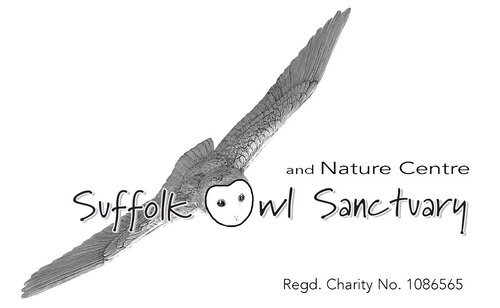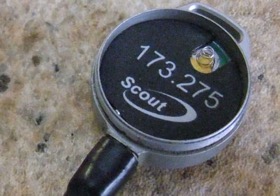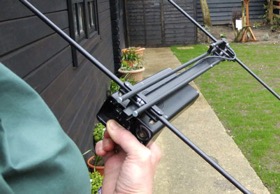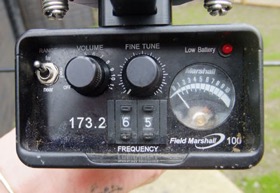The Suffolk Owl Sanctuary’s Raptor Hospital has been bursting at the seams for the last couple of months!
Baby birds which have fallen out of trees (branchers) have been swelling the usual patient numbers and placing quite a strain on resources: more birds in the hospital also means more birds in rehab and more birds being hacked out as they acclimatise to life back in the wild!
They look angelic, don't they? But the four young tawnies, who arrived with us as bedraggled heaps, will so be taking to the skies when old enough to fend for themselves
Luckily, as young owls grow rapidly and generally recover well from initial accidents with warmth, food and rest, normal service is resumed quite quickly in the hospital ward, as casualties recover, mature and are returned to their natural habitat.
After initial assessment and treatment, patients gradually regain weight and condition to the point where they can be transferred to a rehabilitation aviary. In this spacious, quiet accommodation the recovering birds can regain flight confidence and increase muscle tone and strength.
Eventually, the falconers will deem these birds fit enough to reside in a hack box at one of several secluded, peaceful sites local to the sanctuary. Here, recovered birds can take their first tentative flights out into the natural environment , whilst having a secure, protected roost and regular food supply to return to until they take the final flight out into the wild.
Several birds are currently ready to make this transition - birds that we have already reported on in our blogs and whose progress regular readers have been able to follow. In particular a family of tiny Little Owl quintuplets which were exposed to the elements during renovation works at a local farm. As you may have read in a previous blog, workmen found the family after removing the barn roof, by which time the parent birds had been frightened away from their young.
Dubbed the “Famous Five” the tiny progeny were brought to the Raptor Hospital and found to be cold and hungry, but otherwise robust, the parent birds having done an excellent job of raising them so far. The quins grew RAPIDLY and after only a few weeks of warmth, food and general TLC are now established in rehab and ready for hacking out!
Remember these guys….?
… well, in just over a month the Famous Five fit and ready to fly the coop!
Four young Tawny Owls are also ready to move on to pastures new, having been transformed from tiny, wet bedraggled scraps to strong, fit adult birds displaying handsome adult plumage. The Tawnies were received into the hospital as separate “branching out” casualties, a few days apart, but have recovered and matured together into a closely bonded group which will hack out together shortly.
Three Little Owls blown from their nest site when a branch fell from their tree will also be moving on to the rehabilitation facilities soon, having rapidly improved in size and condition.
Although the sanctuary staff always try to return wild recovered birds to the territory from whence they came, this is not always possible for their own safety. However, our team use their experience to release these birds in remote areas where establishing their own territory and pairing with partner within a few days of leaving the hack site to produce progeny of their own next Spring stands a more than fair chance of success.
Without the continuing generosity of its supporters, the Suffolk Owl Sanctuary could not continue to offer such effective long term treatment and care to all the wild injured owls and other birds of prey admitted to its hospital.
We hope that these reports of successful outcomes for large numbers of the birds in our care are proof positive of the very real difference that your generous donations make to the conservation of these magnificent species.
THANK YOU!
























































